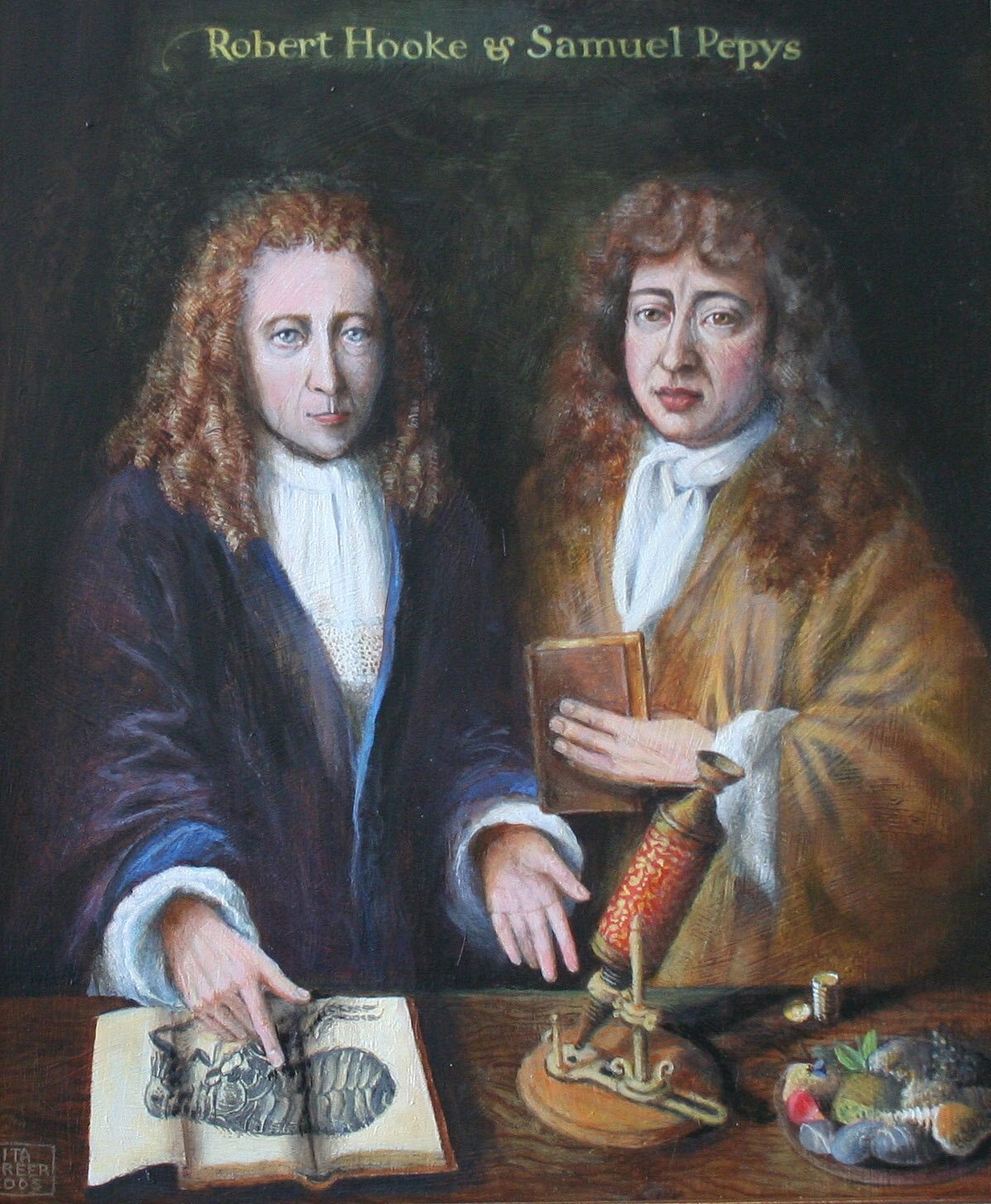
Butterflies: How Two 19th-Century Teenage Sisters’ Forgotten Paintings Sparked a Triumph of Modern Conservation | Brain Pickings
... these drawings are equal to any I have ever seen by modern artists ... every tuft of hair in the caterpillar, the silken webs of the cocoon, or the delicate and often intricate pencillings on the wings of a moth, stand out with a prominence of relief which it is perfectly impossible to reproduce by simple water colours...

Why the First Drawings of Neurons Were Defaced | Quanta Magazine | 2017
“Now it is horrible, but at this time in history it was not,” Toledano said. “In the National Library and in the universities at the time, this was normal. The most important thing was that the stamp was placed in the center of the page of the books and the drawings and so on.”

James Watt and the Steam Engine: the Dawn of the Nineteenth Century
“…in short, I can think of nothing else but this machine.” James Watt in a letter to James Lind about his invention.

Old Paintings Reveal How Fruits and Vegetables Have Evolved Over the Centuries | Vice
"Plant-based food is lavishly depicted by thousands of artists throughout the ages and offers a vast and unique insight into the stunning evolution in shapes and colors of our modern-day groceries," they wrote in an article published in the journal Trends in Plant Science.”

An experiment on a Bird in an Air Pump | Joseph Wright of Derby, 1768
“... the Bird for a while appear'd lively enough; but upon a greater Exsuction of the Air, she began manifestly to droop and appear sick, and very soon after was taken with as violent and irregular Convulsions, as are wont to be observ'd in Poultry, when their heads are wrung off: For the Bird threw her self over and over two or three times, and dyed with her Breast upward, her Head downwards, and her Neck awry.”

The Mystery of the Missing Portrait of Robert Hooke | The Conversation
“If this is indeed Hooke, the portrait provides an iconic image.
So where has it been for more than 300 years?
I turned to the rumor that Newton could have been involved in the portrait’s disappearance. The two scientists did have a quarrelsome history.”

The Doctor by Gerard Dou | Book Excerpt
“The physician, in the act of examining the urine, is depicted in many manuscripts, dating as far back as the early fourteenth century, and the subject becomes still more common among the wood- featured cuts of the fifteenth and sixteenth centuries, from which period it became a popular subject among artists of repute. Pictures representing the physician, the apothecary or the charlatan in the act of diagnosing the disease of a patient from his urine glass are apparently innumerable.”

The Comet Book (1587) | The Public Domain Review
“As any dinosaur would tell you, the association of comets and meteors with calamitous events are not entirely unfounded — one comet, named here “Veru” (depicted as a fiery lance) and now known as Swift-Tuttle, has been described as "the single most dangerous object known to humanity" (though the chances of it hitting Earth are still extremely small).”

"Unlike any Other Upon the Globe" | Grand Canyon of the Yellowstone
“Nothing has been, nothing can be said, to magnify the wonders of this national pleasuring ground. It is all and more that it has been represented. In the catalogue of earthly wonders it is the greatest, and must remain so. It confers distinctive character upon our country, greater than that of Niagara, Yosemite, of Mammoth Cave, though each of these is, in itself, without parallel.”
Hashime Murayama and the Art of Saving Lives | Distillations | Science History Institute
“There’s an old adage that says life is short, art long. And in certain circles Murayama’s wildlife art remains celebrated to this day. But even though he took Papanicolaou’s assignment under duress, Murayama’s work on cervical cancer had the more lasting legacy—art that helped make millions of women’s lives longer.”